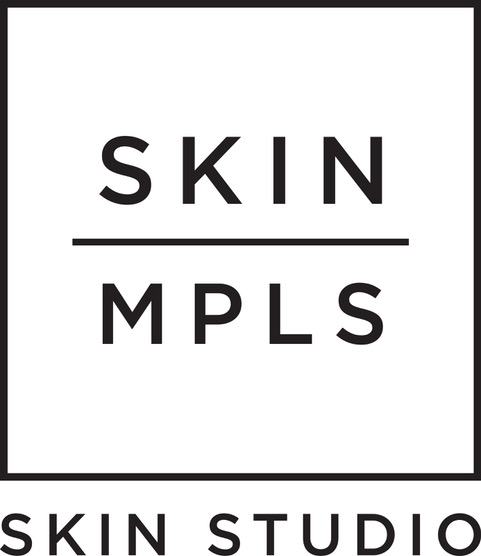Your Fall Acne Survival Guide
Bookmark this blog for when the season changes and autumnal acne strikes, leaving you wondering what to do about it.
It's unfortunately a fact that fall is the worst season for skin. Don't worry, though; it's only one quarter of the year and then is followed by the second worst season for skin: winter! ;) So, are you breaking out more these days? Also, think back – what was last fall like for your skin?
Acne can come with a vengeance this time of year. While it strikes students hard, it can affect us all. Let's explore the causes and treatments.
What causes autumnal acne?
Our hero and Vivant Skincare founder, Dr. Fulton, named fall the worst time of the year for acne. He couldn't pinpoint one scientific reason, but our takeaway is that fall is more of "a perfect storm" for acne conditions.
One of the large contributing factors for increased breakouts in the autumn months is that hormone levels change, and testosterone rises in the fall. And you'll remember, from your Skin MPLS acne education, that more testosterone means more oil in your pores, which makes more fuel for the acne fire.
Another big reason for fall breakouts is that students (of all ages) go back to school (of all types), and schedules change, generating stress. Stress is another one of the largest acne triggers. And it's also the most frustrating because there is no magic serum or pill for dealing with stress.
The third big reason for worsened acne in the fall is the shift in weather. As cooler air blows in, humidity leaves the air, making it drier, which then dries out your skin. This change can sometimes happen dramatically, and then it will have a more dramatic impact on your skin and leave your pores in disarray, frantically trying to create more oil to compensate.
What can we do to treat autumnal acne?
Okay, enough background info – here are some simple sentences on how to survive fall breakouts! If you choose to read all of the details for extra credit, they are there for you too.
Use benzoyl peroxide.
Vivant Skincare once labeled it "dragonglass" for White Walkers (Game of Thrones, anyone?). It pretty much is that. Putting it on a pimple blasts oxygen into the pore and kills the acne bacteria.
You can't just use any benzoyl peroxide product, though. Benzoyl peroxide products only work when stabilized correctly, are efficacious, and aren't laced with other pore-clogging ingredients. Overall, benzoyl peroxide is an affordable chemical, and both Vivant Skincare and Face Reality's prices are reasonable for their benzoyl products. Use what we know works, and don't waste time wandering Target.
Pause any products with pore-clogging ingredients.
Since our skin is more susceptible to acne in the fall, it is also more sensitive to acne-causing ingredients. No Sephora product or makeup is worth the pimple. The easiest way to avoid pore-cloggers is to only use what an acne expert aesthetician recommended and pause anything that you don't know to be 100% acne-safe for now.
Get sleep.
Acne strikes more easily when our body is not on its "A" game. And if you aren't sleeping enough, you aren't on your "A" game. Prioritize your sleep in your schedule, this is your body and mind's recovery time for all we put ourselves through. Sleep is a critical part of stress management. Regarding stress management, work to prioritize your studying so it's not left until the last minute.
Follow a low glycemic diet.
It's hard to go a day without hearing something about inflammation. Today is not that day. Inflammation is a cause of acne, and in addition to managing stress, an effective way to reduce inflammation inside of you is by following a low-glycemic diet. When we eat foods containing sugar and carbohydrates, sugar is released into our bloodstream, which triggers our immune system to work to break down the glucose, creating inflammation.
Use a humidifier.
We can quickly lighten some of the fall load on our skin by changing the dry air in our living and working environments with humidifiers. You do not need the fanciest models, but you do need one near your bedside, another in your living area, and one in your work area. The mini table-top versions are perfect for your work desk, but you'll want more substantial units for your bedroom and living areas.
